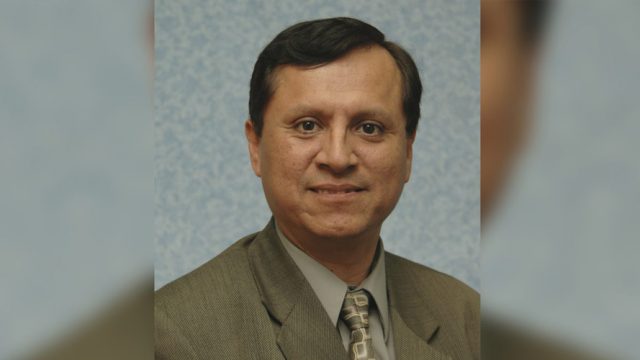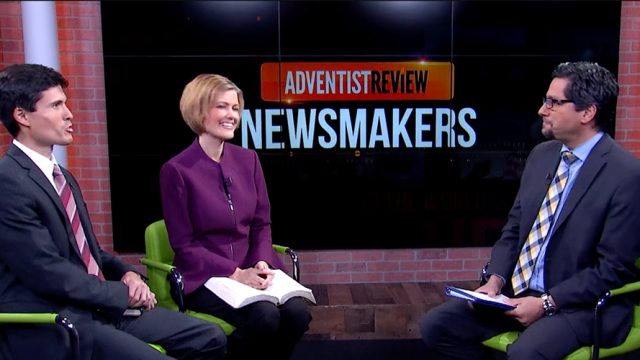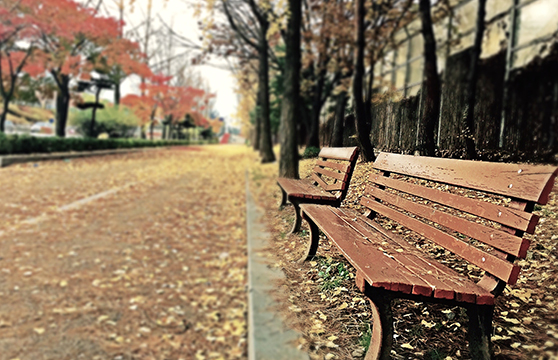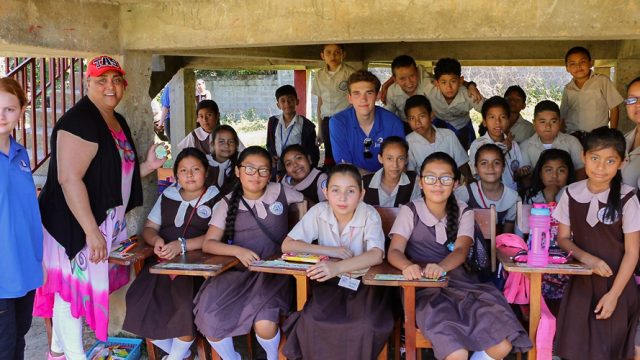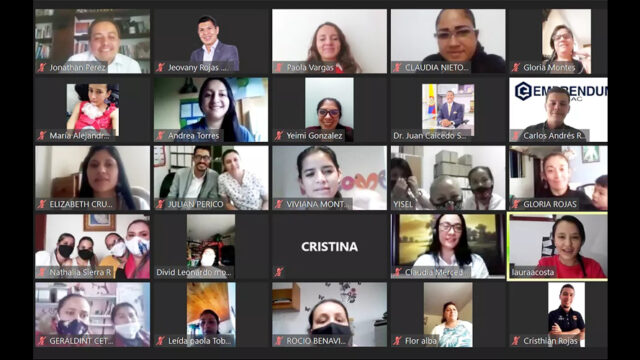Loma Linda University Health, an Adventist-managed institution in Loma Linda, California, United States, celebrated its 50-year legacy of providing organ transplantation to inland […]
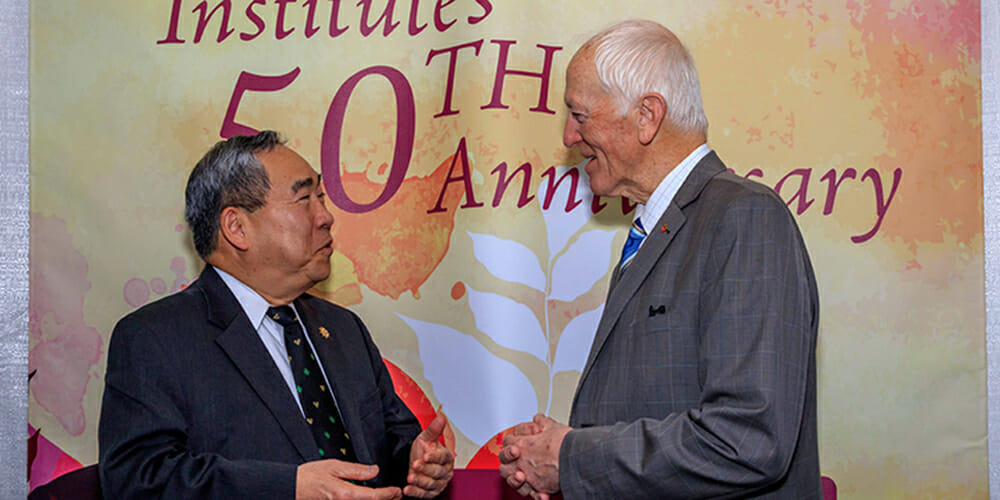
Loma Linda University Health, an Adventist-managed institution in Loma Linda, California, United States, celebrated its 50-year legacy of providing organ transplantation to inland Southern California, and beyond. The anniversary luncheon on Nov. 19 highlighted the marvel of medical innovators and skilled surgeons as well as the generosity of donors and donor families.
“Loma Linda has been an important and critical part in this field for half a century,” said former acting U.S. surgeon general, and organ donation ambassador, Rear Admiral Kenneth Moritsugu in his guest keynote address.
But at the “heart of donation and transplantation,” he said, is the human element, a legacy made possible by everyday people. Organ donation, either by living donors or by deceased donors and their families, is the “greatest gift that one person can give another,” Moritsugu said.
“The ripples of donation and transplant cross the nation in this lifesaving quest,” he said.
It is something demonstrated in the life of the aptly named Eve, who was the first female infant to receive a successful neonatal heart transplant, right here at Loma Linda. Her life was made possible by a baby boy named Eric in Georgia, who, though he didn’t survive, lives on in memory through the life of Eve.
She is now 31 and a mother of three children of her own.
“This is the meaning of the gift of life,” Moritsugu said.
The Beginnings
Racing at times up to 100 mph, California Highway Patrol officers rushed a donated kidney to Loma Linda University Medical Center, where surgeon Louis Smith, class of 1949, successfully transplanted the organ to save the life of Paul Anderson. The date was Sunday, April 23, 1967, Anderson’s 100th day since starting dialysis.
At the time, long-term treatment with hemodialysis was not the option that it is today. Without the transplant, Paul Anderson would not have lived long.
Smith had trained for this moment with Joseph Murray, the legendary surgeon who performed the first successful human kidney transplant in 1954 at Brigham and Women’s Hospital in Massachusetts. Murray would go on to receive a 1990 Nobel Prize for this feat.
Smith, in turn, trained many of today’s physicians and medical faculty members at Loma Linda University Health. One of his trainees was Roger Hadley, who is now dean of LLU School of Medicine and executive vice president for medical affairs at Loma Linda University Health. Hadley recalled both Smith’s technical excellence in surgery and his communication skills with patients, their families, and other medical staff.
Smith received the University Distinguished Service Award in 2003 for his contributions to medical science and training future generations. He passed away in 2016, but his daughter, Patti Catalano, attended the anniversary celebration.
“I’m very honored to see what has developed from what he did so long ago,” she said of her father. She recalled the memory from her childhood of her mother clipping a newspaper account of Smith’s milestone kidney transplant.
Further milestones occurred over the next several decades as Loma Linda University Health added cornea transplants in 1977, heart transplants in 1985, pancreas, pancreas/kidney and liver transplants in 1993, bone marrow transplants in 1998 and stem cell transplants in 1999.
As of Oct. 30, 2017, the Transplantation Institute has performed 2,962 kidney transplants, 808 heart transplants, 661 liver transplants, and 227 pancreas transplants.
Pioneering Infant Heart Transplantation
The biggest contribution Loma Linda University Health has made to the science of organ transplantation brought a global spotlight in 1984, when Leonard Bailey, MD, performed a revolutionary heart transplant on a newborn known as Baby Fae, implanting the heart of a baboon. Fae was the first infant in the world to receive a cross-species heart transplant, making medical history.
Previous attempts at other hospitals to perform infant-to-infant human heart transplants had failed. Bailey conceived the idea of transplanting a baboon heart out of his desire to save babies born with life-threatening heart conditions.
As media members and animal rights activities thronged outside the building, Bailey and the medical staff focused all their energy on the little girl.
Her first few days after the transplant proceeded amazingly well, Bailey said. But then she began a decline. “None of it made any sense to us,” Bailey said.
When Fae died on Nov. 15, 1984, they searched for answers, discovering that her death was not due to her rejecting the baboon heart.
Her heart, in fact, “was the last organ to fail,” Bailey said.
But in a sense, Baby Fae’s heart beats on, because Bailey would take the lessons learned from her life and go on to perform the world’s first successful infant-to-infant heart transplant in 1985 on a boy named Baby Moses. Now 32 years old, the same heart still beats in Moses’ chest.
Beginning with Baby Moses through today, Loma Linda University Health has performed 338 infant heart transplants (infant meaning less than one year of age).
The Human Stories
Two patients — one a living donor and one an organ recipient — shared their stories during the celebration. One of them, liver transplant recipient Charles Price, said that the transplant team and in-patient staff are “some of the best people I’ve ever encountered in my life.”
Before seeking treatment at Loma Linda, Price felt his life slipping away as doctor after doctor, hospital after hospital, failed to diagnose his illness. When Loma Linda University Health correctly diagnosed him, he was put on the list for a liver transplant.
After his transplant, Price woke up with a clear head for the first time in a long time. Looking into the audience during the celebration luncheon, he saw some of the nurses who cared for him in the hospital.
“I can’t say enough but thank you,” he said. He also expressed deep gratitude for his liver donor, as well as the Transplantation Institute for helping him reach his “fifth re-birthday.”
Expressions of Gratefulness
De Vera said it was not coincidental that the 50th anniversary of transplantation at Loma Linda University Health was celebrated during the week of Thanksgiving.
He expressed thanks and gratefulness for the Transplantation Institute’s patients and for organ donors, both living and deceased.
“I am grateful, honored and privileged to do this on a daily basis,” de Vera said. “Transplant is truly a team sport.”
The mission of Loma Linda University Health is shown in great relief via the miracle of organ transplantation, said LLU Medical Center CEO Kerry Heinrich.
“Our mission is to touch lives of patients, and transplant does that in such a real way,” Heinrich said.
An original version of this story was posted on Loma Linda University Health News



